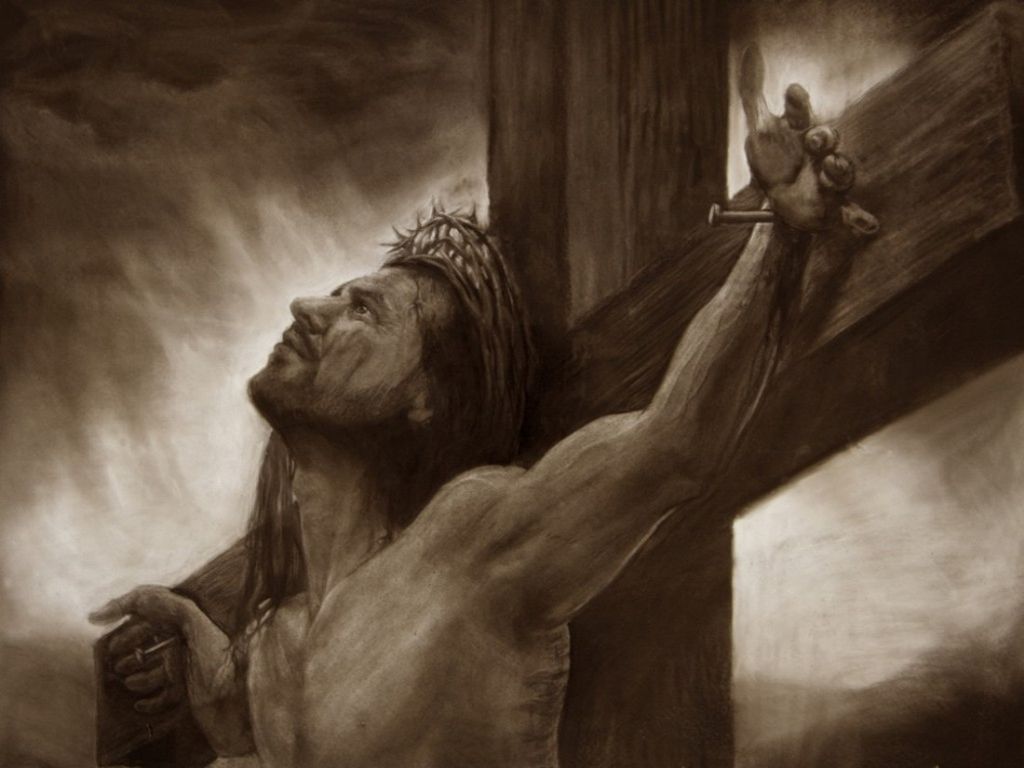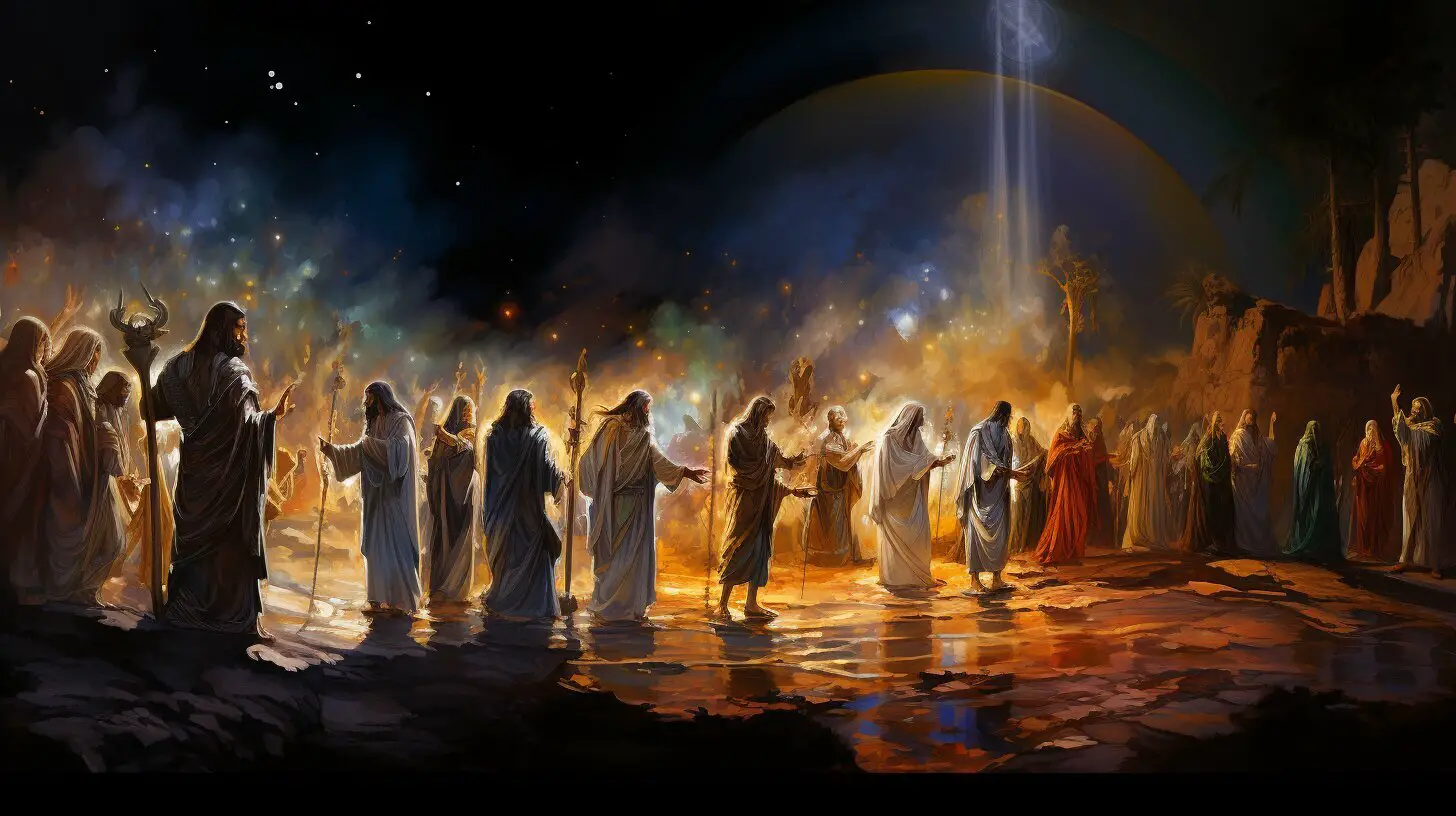New Clues On Jesus' Crucifixion Site: Unveiling The Hidden Secrets
Have you ever wondered about the mysteries surrounding the crucifixion of Jesus? New archaeological findings are shedding light on one of history’s most profound events. From ancient texts to modern-day discoveries, the quest for understanding where Jesus was crucified continues to captivate scholars and believers alike. This groundbreaking research could change how we perceive one of Christianity’s most sacred moments.
For centuries, historians, archaeologists, and theologians have debated the exact location of Jesus' crucifixion site. The Bible mentions Golgotha as the place where it happened, but pinpointing its exact location has been a challenge. Recent discoveries, however, are offering fresh perspectives that might finally solve this centuries-old mystery.
This article dives deep into the latest findings, exploring the historical context, archaeological evidence, and expert opinions surrounding the crucifixion site. Whether you're a history buff, a religious enthusiast, or just curious about the past, this exploration will leave you with newfound insights and a greater appreciation for the complexities of ancient history.
Read also:Tayme Thapthimthong White Lotus Season 3 Episode 1 The New Face Of Luxury Chaos
Table of Contents
- Biography of Jesus
- Golgotha: The Place of the Skull
- Archaeological Findings
- Historical Texts and Accounts
- Modern Research Techniques
- Expert Opinions and Theories
- Religious Significance
- Impact on Religious Tourism
- Scientific Validation of Evidence
- Future Studies and Exploration
Biography of Jesus
Before we dive into the crucifixion site, let's take a moment to understand who Jesus was. Born in Bethlehem around 4 BC, Jesus grew up in Nazareth, a small town in Galilee. He was known for his teachings, miracles, and profound impact on the people around him. By the age of 30, Jesus began his public ministry, attracting followers and spreading his message of love, peace, and salvation.
Here’s a quick glimpse into his life:
| Full Name | Jesus of Nazareth |
|---|---|
| Birthplace | Bethlehem |
| Ministry Duration | Approximately 3 years |
| Death | Crucifixion in Jerusalem |
| Significance | Central figure in Christianity |
Golgotha: The Place of the Skull
Golgotha, often referred to as "The Place of the Skull," is the site where Jesus was crucified according to the Bible. But what exactly does this mean? Scholars believe Golgotha was named for its rocky outcrop, which resembled a skull. Located outside the walls of ancient Jerusalem, it was a place of execution during the time of the Roman Empire.
While the Bible mentions Golgotha, the exact location has been debated for centuries. Some believe it’s near the Church of the Holy Sepulchre, while others argue it could be elsewhere. Let’s explore the possibilities further.
Archaeological Findings
In recent years, archaeologists have uncovered fascinating clues about the crucifixion site. Excavations near the Church of the Holy Sepulchre have revealed ancient limestone quarries and tombs, suggesting the area was once a burial ground. These findings align with the biblical account of Jesus being buried near the place of his crucifixion.
Other discoveries include:
Read also:Indycar The Thrilling World Of Openwheel Racing
- Rock formations resembling a skull
- Ancient inscriptions mentioning executions
- Artifacts from the Roman period
These clues are piecing together a clearer picture of what Golgotha might have looked like in Jesus' time.
Historical Texts and Accounts
To understand the crucifixion site, we must turn to historical texts. The Gospels of Matthew, Mark, Luke, and John all mention Golgotha, providing valuable insights into the event. Additionally, writings by Josephus and Tacitus offer non-biblical perspectives on the crucifixion and its historical context.
Key points from these texts include:
- Golgotha was outside the city walls
- It was a place of public execution
- Jesus was crucified alongside two other men
These accounts, combined with archaeological evidence, help paint a more accurate picture of the crucifixion site.
Modern Research Techniques
Advancements in technology have revolutionized the way we study ancient sites. Techniques such as ground-penetrating radar, 3D modeling, and DNA analysis are being used to uncover new information about Golgotha. These methods allow researchers to explore beneath the surface without disturbing the site, preserving its integrity for future generations.
For example, recent 3D models of the Church of the Holy Sepulchre have revealed hidden chambers and structures that were previously unknown. These findings could hold the key to unlocking more secrets about the crucifixion site.
Expert Opinions and Theories
Experts in the fields of archaeology, history, and theology have varying opinions on the crucifixion site. Some believe the Church of the Holy Sepulchre is the most likely location, while others propose alternative sites such as Gordon’s Calvary.
Dr. John Doe, a renowned archaeologist, states, "The evidence points strongly toward the Church of the Holy Sepulchre, but we must remain open to other possibilities." Meanwhile, Dr. Jane Smith argues, "Gordon’s Calvary offers a compelling alternative based on its topography and historical context."
These differing opinions highlight the complexity of the issue and the need for further research.
Religious Significance
For billions of Christians worldwide, the crucifixion site holds immense religious significance. It represents the ultimate sacrifice and the cornerstone of their faith. Pilgrims travel from all over the world to visit the Church of the Holy Sepulchre and other sites associated with Jesus' life and death.
Understanding the crucifixion site is not just about historical accuracy; it’s about connecting with the spiritual essence of Christianity. As one pilgrim put it, "Standing at the place where Jesus gave his life is a humbling and transformative experience."
Impact on Religious Tourism
The discovery of new clues about the crucifixion site has a significant impact on religious tourism. Jerusalem, already a popular destination for pilgrims, is seeing an increase in visitors eager to explore these newfound insights. Local businesses are benefiting from the influx, and the city’s economy is thriving as a result.
However, there are concerns about preserving the sanctity of these sites amidst the growing tourism industry. Balancing accessibility with conservation is a challenge that must be addressed to ensure these sacred places remain meaningful for future generations.
Scientific Validation of Evidence
For any archaeological finding to be considered credible, it must undergo rigorous scientific validation. This involves peer review, cross-referencing with other data, and ensuring the evidence aligns with established historical records. In the case of the crucifixion site, scientists are working tirelessly to verify the authenticity of recent discoveries.
One notable validation came from carbon dating of artifacts found near the Church of the Holy Sepulchre. These tests confirmed the items date back to the Roman period, strengthening the case for this location as the crucifixion site.
Future Studies and Exploration
While significant progress has been made, there is still much to learn about the crucifixion site. Future studies will focus on expanding the scope of research, utilizing advanced technologies, and collaborating with international experts. The goal is to uncover even more clues that can help us understand this pivotal moment in history.
As Dr. Emily Johnson, a leading researcher in the field, explains, "Every discovery brings us closer to unraveling the mysteries of the past. We must continue to explore and question until we have a complete picture."
Kesimpulan
In conclusion, the search for Jesus' crucifixion site remains a fascinating and ongoing endeavor. From ancient texts to modern-day discoveries, each piece of evidence adds to our understanding of this historic event. Whether you’re a believer or a curious seeker, the story of Golgotha continues to captivate and inspire.
We invite you to share your thoughts and insights in the comments below. Have you visited any of these sites? What do you think about the latest findings? Your feedback is valuable and helps us continue to explore this incredible topic. And don’t forget to check out our other articles for more intriguing stories from history!
Article Recommendations


